Seventeen of the most common display resolutions are presented briefly here, grouped by aspect ratio.
4:3 aspect ratio
QXGA abbreviates Quad Extended Graphics Array, which features a display resolution of 2048 x 1536, with a 4:3 aspect ratio.
SVGA abbreviates Super Video Graphics Array. A broad term covering a range of computer display standards, SVGA normally represents a resolution of 800 x 600 pixels, with an aspect ratio of 4:3.
SXGA+ abbreviates Super Extended Graphics Array Plus. Its resolution of 1400 x 1050 accounts for an aspect ratio of 4:3. SXGA+ displays find common usage on 14-inch or 15-inch laptop LCD screens.
UXGA, also known as UGA, abbreviates Ultra Extended Graphics Array. Its resolution measures 1600 x 1200 pixels, with an aspect ratio of 4:3.
VGA abbreviates Video Graphics Array, which features a resolution of 640 x 480 and an aspect ratio of 4:3. In scenarios with graphic device drivers in operating systems, VGA remains as the universal fallback troubleshooting mode.
XGA abbreviates Extended Graphics Array. Its resolution of 1024 x 768 translates into an aspect ratio of 4:3.
5:4 aspect ratio
QSXGA abbreviates Quad Super Extended Graphics Array, featuring a resolution of 2560 x 2048, with a 5:4 aspect ratio. Grayscale monitors with QSXGA displays are available primarily for medical use.
SXGA abbreviates Super Extended Graphics Array, which features a resolution of 1280 x 1024. Its aspect ratio is 5:4.
16:9 aspect ratio
FWVGA represents Full Wide Video Graphics Array, which references a display resolution of 854 x 480 pixels. Its dimensions approximate the 16:9 aspect ratio which is considered a safe resolution for not cropping an image. FWVGA is also referred to as Full WVGA.
HD 1080 abbreviates High Definition 1080, also known as Full HD or FHD. Its resolution of 1920 x 1080 translates as a 16:9 aspect ratio.
WSVGA abbreviates Wide Super Video Graphics Array, favored in netbooks and tablet computers. Its common resolution is 1024 x 600, which translates into an aspect ratio of 16:9.
WVGA abbreviates Wide Video Graphics Array. Also known as Wide VGA, it standardizes a height of 480 pixels but features variants with varying widths. Its commonest resolution is 800 x 480, with a 16:9 aspect ratio.
WXGA abbreviates Wide Extended Graphics Array, also known as Wide XGA. Its commonest resolution in the 16:9 aspect category is 1280 x 768.
16:10 aspect ratio
WQXGA abbreviates Wide Quad Extended Graphics Array. As a wide version of QXGA (Quad Extended Graphics Array), it has a resolution of 2560 x 1600, with a 16:10 aspect ratio.
WSXGA+ abbreviates Widescreen Super Extended Graphics Array Plus. As a widescreen version of SXGA+, its resolution is 1680 x 1050, with an aspect ratio of 16:10.
WUXGA abbreviates Widescreen Ultra Extended Graphics Array. A widescreen cousin of UXGA (Ultra Extended Graphics Array), it has a resolution of 1920 x 1200, with a screen aspect ratio of 16:10.
WXGA abbreviates Wide Extended Graphics Array. Its commonest resolution in the 16:10 aspect ratio category is 1280 x 800.


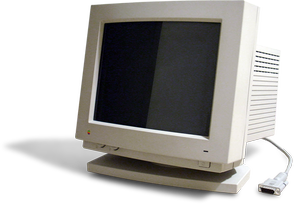

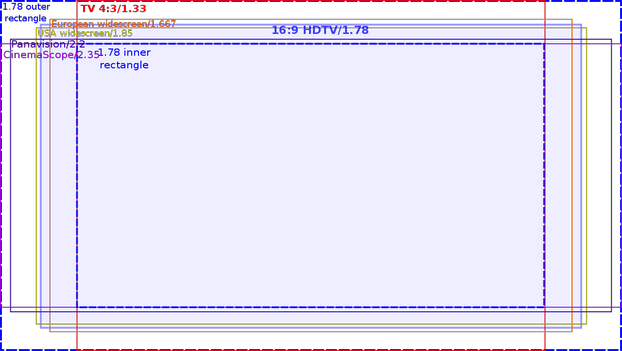
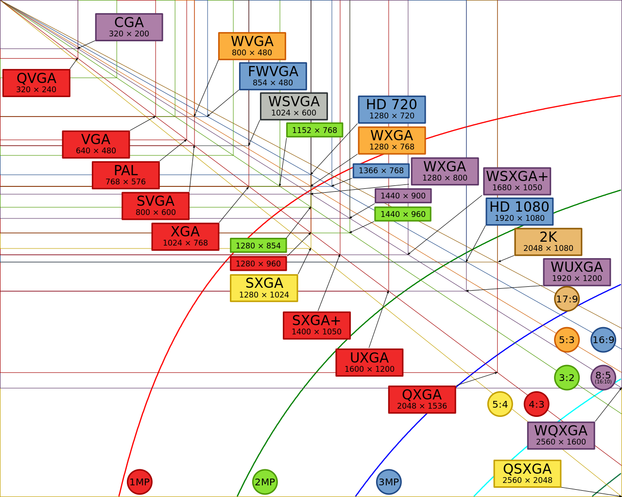
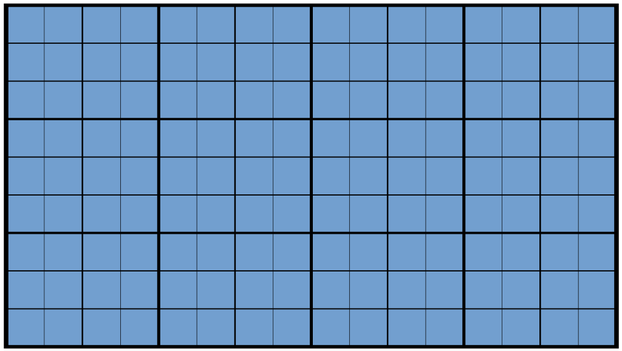



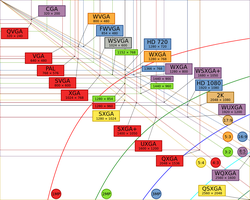

 Are Hawaiian Huakai Po Nightmarchers Avenging Halloween Thursday?on 10/02/2024
Are Hawaiian Huakai Po Nightmarchers Avenging Halloween Thursday?on 10/02/2024
 Mailing Addresses for 2023 Form 4868 Extending 1040 and 1040SR April 15, 2024, Due Dateon 04/15/2024
Mailing Addresses for 2023 Form 4868 Extending 1040 and 1040SR April 15, 2024, Due Dateon 04/15/2024
 Mailing Addresses for 2023 Forms 1040 and 1040SR Filed in 2024on 04/15/2024
Mailing Addresses for 2023 Forms 1040 and 1040SR Filed in 2024on 04/15/2024
 Mailing Addresses for 2022 Form 4868 Extending 1040 and 1040SR April 18, 2023, Due Dateon 04/13/2023
Mailing Addresses for 2022 Form 4868 Extending 1040 and 1040SR April 18, 2023, Due Dateon 04/13/2023



Comments